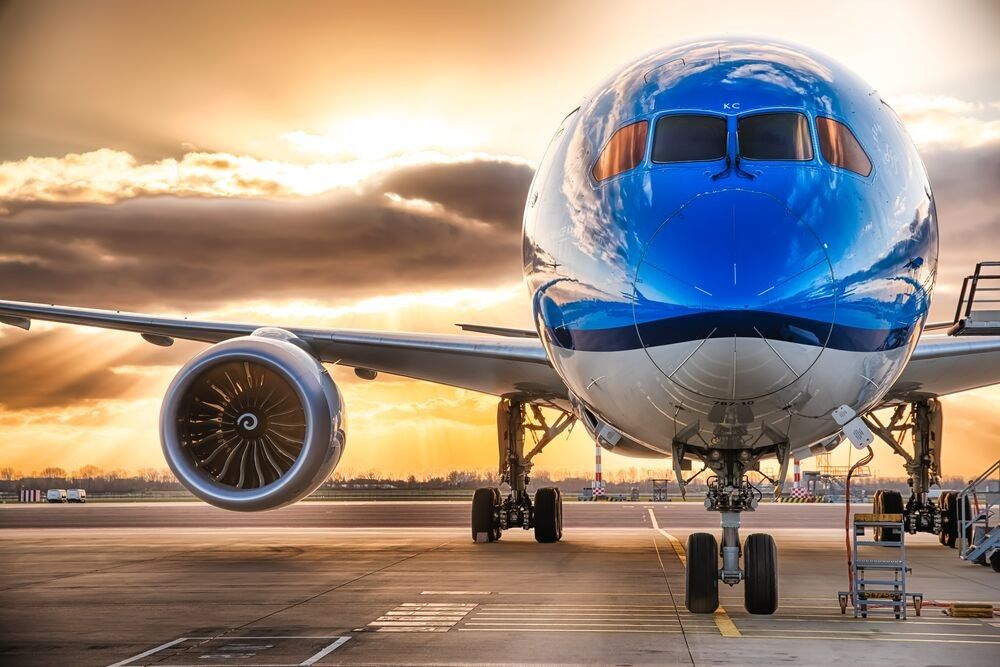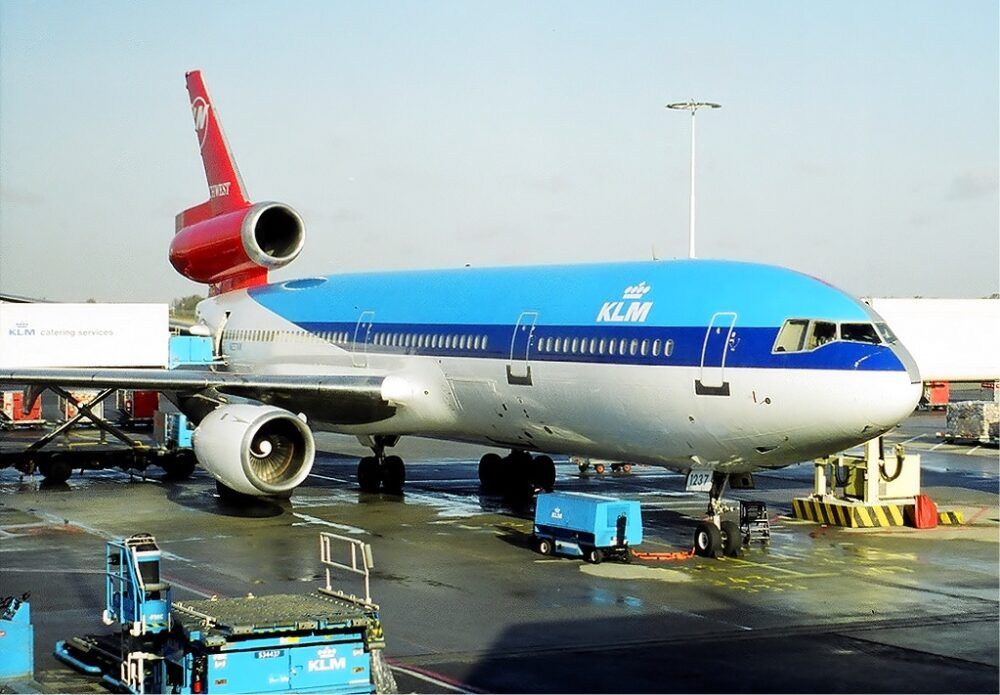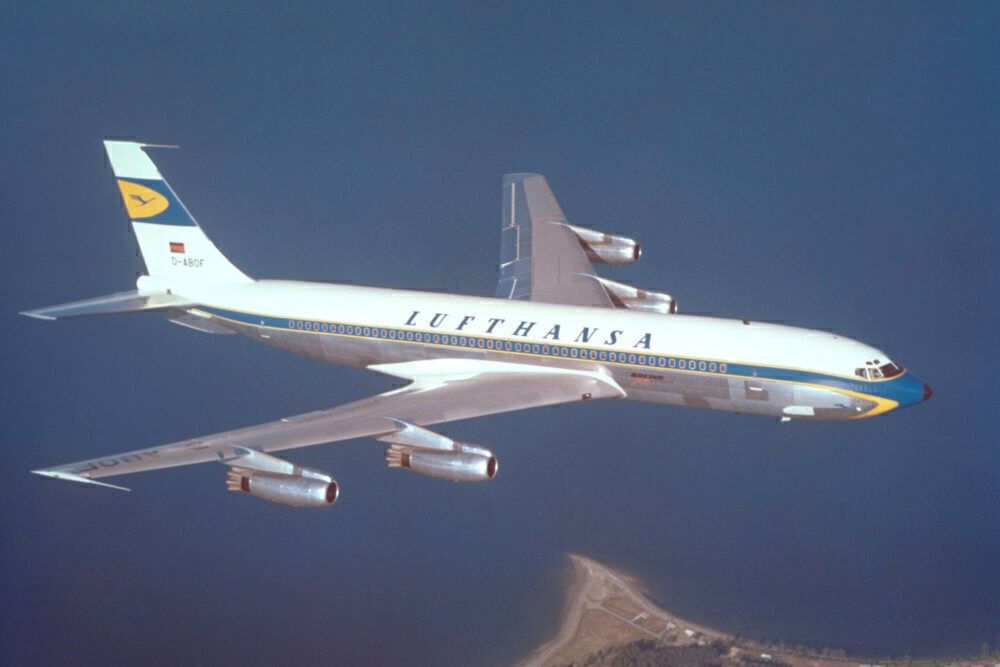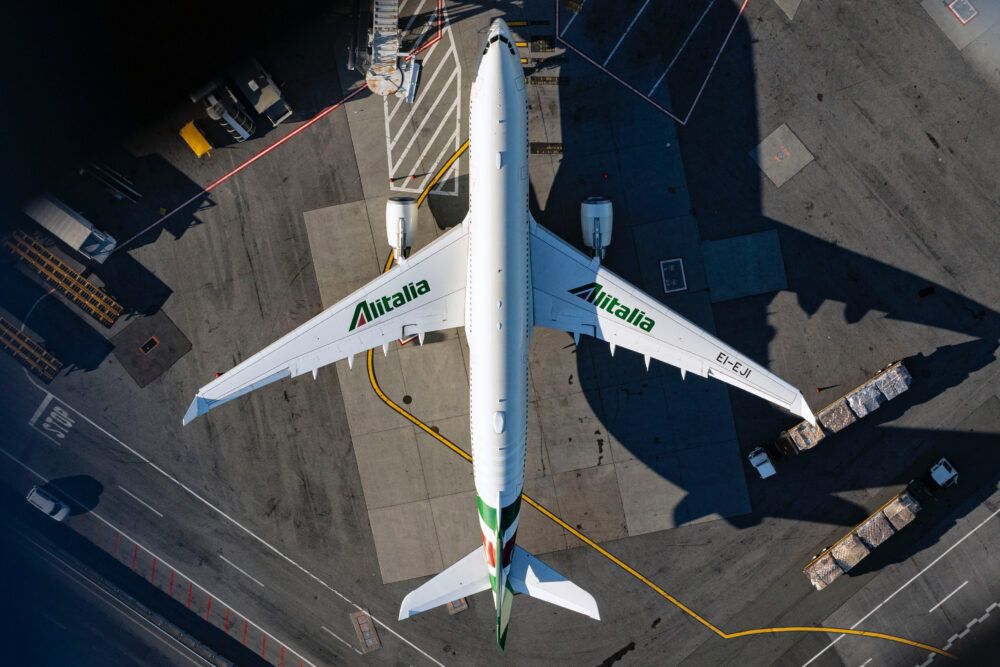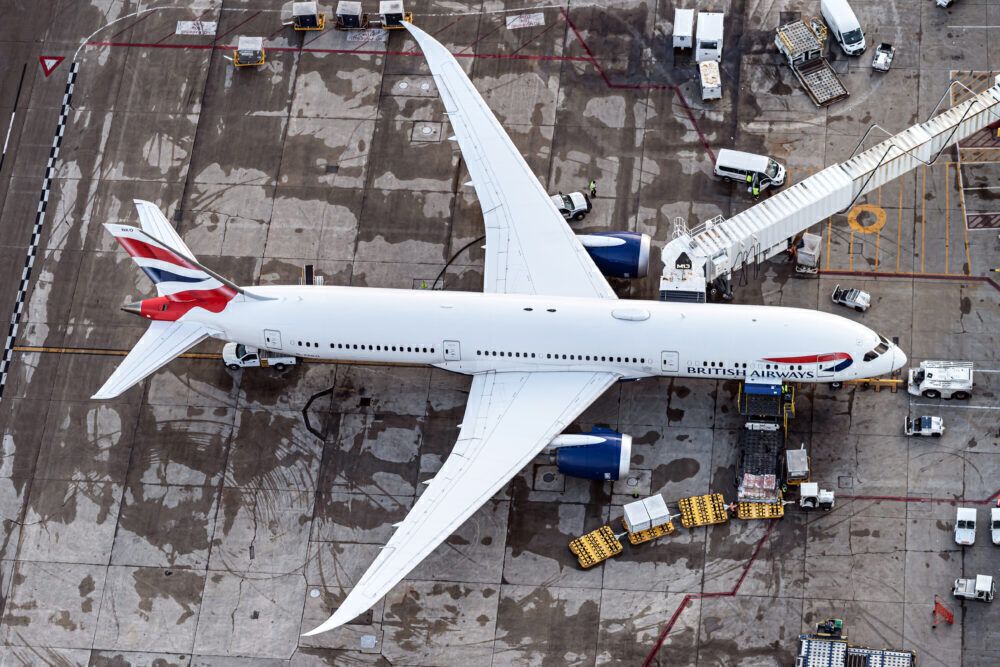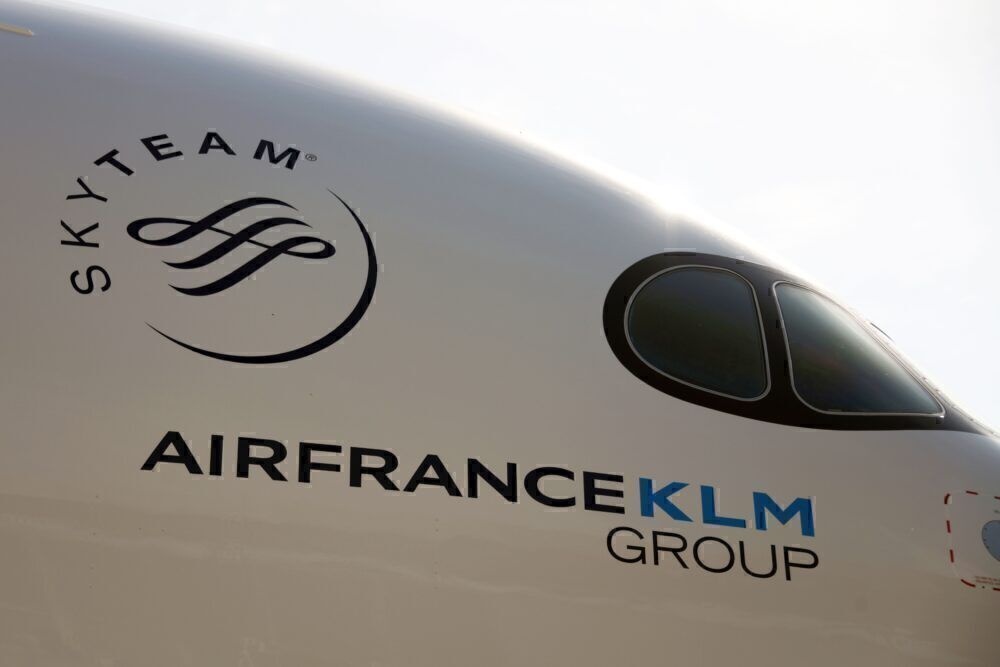At the time of the Air France-KLM merger, the coming together of these two airlines formed the world’s biggest carrier by revenue. It changed the shape of aviation, not just in Europe, but in the US too. Why did these airlines make the decisions they did and go ahead with such a merger?
KLM’s strategic aims
To understand the impetus behind the KLM and Air France merger, it’s important to understand where these airlines were coming from. Particularly KLM had been one of the earliest pioneers of alliances, seeing the benefit in strategically aligning with airlines elsewhere both or its own revenue prospects and for the convenience of its passengers.
KLM initiated one of the first truly strategic alliances across the Atlantic when it aligned itself with Northwest Airlines in 1991. It began as a codeshare, but soon evolved into anti-trust immunity and extensive revenue and cost-sharing on transatlantic flights. A whole network of codesharing partners was added, including Aer Lingus, Jet Airways, Kenya Airways, Malaysia Airlines, Alaska Airlines, China Southern, Continental and many more.
Known colloquially as the ‘Wings’ alliance, this cooperation enabled KLM to fill its long-haul flights out of Schiphol with connecting passengers, building one of the busiest hub and spoke operations in Europe. By 2016, KLM was transporting 30 million passengers a year and more than 630 thousand tons of cargo and mail.
But that wasn’t KLM’s first foray into alliances. Indeed, the airline had previously bumped into Air France in a collaborative sense several times before.
Stay informed: Sign up for our daily and weekly aviation news digests.
The past alliance attempts
Long before ‘Wings’ was formed, KLM and Air France were in talks to form a European alliance. Other parties in the talks, which took placed in 1958, included Alitalia and Lufthansa. The plan was to set up a corporate entity known as the ‘Air Union,’ which would help all the parties to fill the larger and faster jets, like the 707 and DC-8, that were becoming the staple of travel.
The talks went so far as to set up a headquarters in Paris in 1959. However, the idea never got off the ground. KLM left in 1959, but attempted to rejoin along with Luxair in 1962. But, by then, the impetus had gone out of the project. Political and financial barriers meant it was abandoned in the early ‘60s.
The next alliance attempt was in 1994, which looked to go further than just an alliance. Alcazar would have seen several airlines merging into one, including KLM, Swissair, Finnair, SAS and Austrian Airlines. If it had happened, it would have created the second-largest airline after British Airways.
However, one by one, the airlines dropped out of the discussions. The only two left talking were Lufthansa and SAS, who forged ahead with close cooperation and eventually gave birth to what is now known as the STAR Alliance.
The Alitalia problem
While Wings was working well for KLM, it wanted to grow. In 1999, it engaged with Alitalia to form a partnership that would create Europe’s biggest airline. With US partner Northwest in tow, it would include codeshares, integration of frequent flier programs, access to each other’s airport lounges and coordination of routes and schedules.
Continental, which at the time was 14% owned by Northwest, was to join in with the party too. However, everything ran aground in 2000 when KLM broke off its link with Alitalia. The airline cited ‘cultural differences’ as a cause of the breakdown in relationships, but behind the scenes, the Italian government was dragging its heels on various aspects of the project.
The breakdown with Alitalia cost KLM €175 million ($214 million) in a settlement payment. Crucially, it cost it a key chance to expand. And what came next was to prove the tipping point for KLM’s management.
September 11th, 2001, put aviation up against a wall. Already weakened by the Alitalia break-up, KLM found itself in a tricky situation. Over the next two years (FY 2002 and 2003), KLM posted a combined net loss of €572 million ($700 million approx.), and the future was looking bleak. At the end of 2002, Leo van Wijk, KLM’s CEO at the time, said (as reported by Sveinn Vidar Gudmundsson in his research paper),
“…there are hardly any opportunities to generate more revenues. We aren't growing and higher fares are out of the question in this incredibly competitive market. If you take all these factors together, you see our prospects are not very bright.”
Ally or die
For KLM, it was crunch time. The world was hurtling towards a global financial crisis, and the Iraq war was sending fuel prices skywards, eating into what little profits could be secured. Liberalization of air traffic rights had intensified competition, and KLM’s otherwise beneficial ‘Wings’ partnership was no longer enough.
KLM discussed joining both oneworld and SkyTeam, and had even considered merging with oneworld airline British Airways. However, at that time, the UK had not signed an ‘open sky’ agreement with the USA, and as the US Department of Transportation stated it would review traffic rights of both airlines in the event of a merger, this proved to be an insurmountable hurdle.
SkyTeam was an attractive option. KLM’s longtime partners Northwest and Continental had firmed up a marketing partnership with key SkyTeam airline Delta. With neighboring Air France its closest SkyTeam airline, KLM was talking extensively with the Parisian airline. What came next was something of a surprise.
While onlookers were fairly confident that KLM would indeed join SkyTeam, nobody expected a full merger with Air France. The announcement in late 2003 created the world’s largest airline by revenue, and added 90 routes for KLM passengers and 40 for Air France passengers.
Why merge?
The merger made sense for many reasons, not least to reduce cost in both airlines. Strategically, KLM’s senior management had concluded that there was only room in Europe for three main airline groups. To survive, it needed to align itself with either British Airways, Lufthansa or Air France.
On the financial side, the merger was expected to produce an additional €400 million-plus in the fifth year, and €600 million every year after that for the group’s consolidated accounts. Cost savings would also be realized through the consolidation of things like catering, station handling, and sharing airport lounges. The airlines were to be kept separate, but to operate under one umbrella – the Air France-KLM Group.
The year after the merger, KLM announced that it had returned to profitability. For some years, the combined group did very well, earning an income of €3.2 billion between 2003 and 2008. Since 2008, the group has struggled financially, but this has been as much a result of external factors and increasing low-cost competition as a flaw with the merger.
While it’s not been an entirely smooth ride, overall, the KLM and Air France merger has proven to be powerful for both airlines. Had it not gone ahead, European aviation could look very different today.

